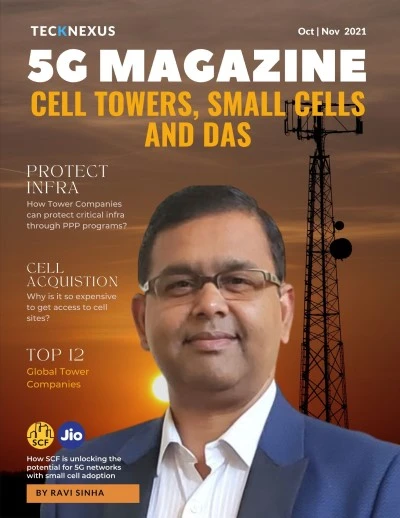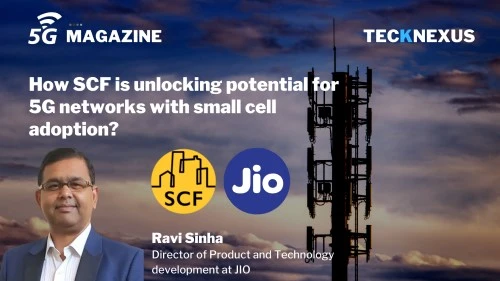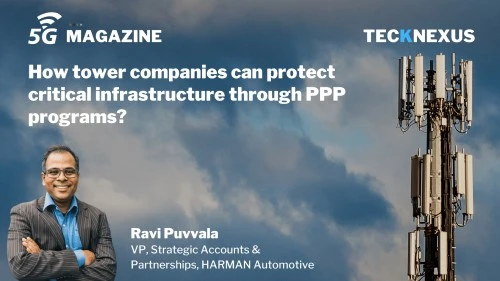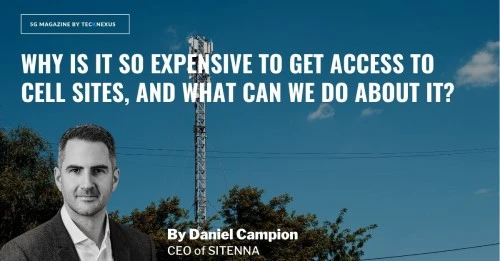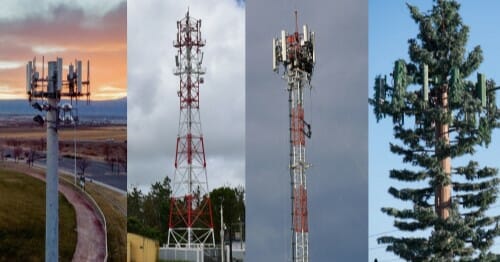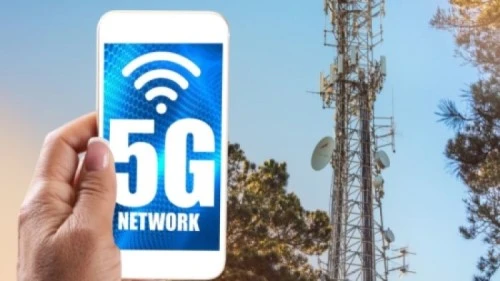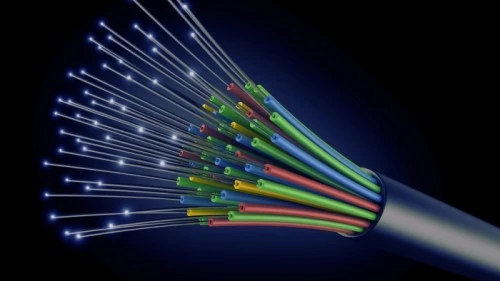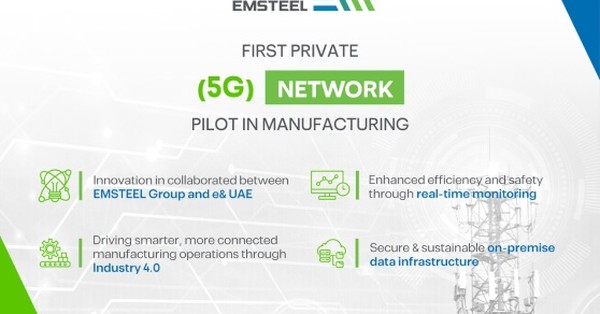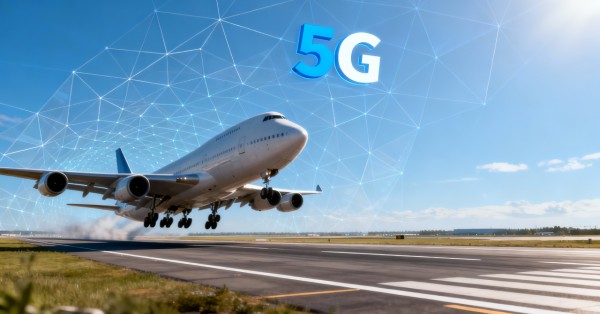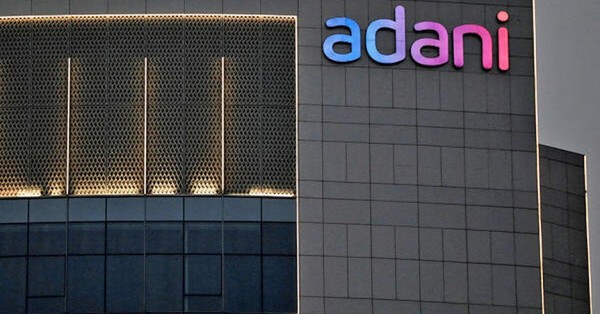In "5G Towers: From Basics to the Top 5G Tower Companies Globally," we take a deep dive into the realm of 5G towers. Uncover what 5G towers are, how 5G towers operate, the types of 5G towers, and discover the top 12 global 5G tower companies. We spotlight their current ...
Home » 5G Magazine » 5G Tower, Small Cells, DAS Edition | 5G Magazine » How will 5G DAS and 4G/LTE DAS implementations differ?
How will 5G DAS and 4G/LTE DAS implementations differ?
How should decision-makers prepare for 5G DAS deployments? Where should mmWave and C-band be deployed? What do you expect to see on the carrier front with 5G? What components are needed?
Log In or Register to Access This Article
Login
Register
Feature Your Brand in Upcoming Magazines
Showcase your expertise through a sponsored article or executive interview in TeckNexus magazines, reaching enterprise and industry decision-makers.
Related Magazine Content
Get an in-depth view of the 5G Tower industry, along with macro cells, small cells, and distributed antenna systems. Who are the global tower industry leaders? What are their solutions and 5G strategies? What are the new offerings in the market? Technology comparison between macrocells, small cells, and different categories ...
Interview with Ravi Sinha - How is SCF accelerating the adoption of small cells? What are focus areas, challenges, stakeholders & benefits? ...
What are the challenges of critical infrastructure? How can the PPP program accelerate infrastructure investment? Sample ongoing activities. ...
What are the issues that are driving the cost of cell sites to Telecom/5G Service Providers? Get details on the related issues along with the solution. An article by Daniel Campion, CEO of Sitenna. ...
Why is it taking so long to roll out 5G? What is the delay? What are the technical challenges that providers need to overcome? How network signal boosters can enhance 5G? ...
What are 5G Cell Towers? What is 5G Cell Site? What are the different types of 5G Towers? What are the different components of 5G Cell Towers? ...
What is the difference between Macrocells and Small cells? What are Femto cells, Pico cells, and Micro cells? What is Distributed Antenna System (DAS) & how it works? ...
What is 5G Tower Backhaul infrastructure? What is the role of fiber in backhaul infra? SWOT analysis of Fixed vs. Wireless Backhaul. ...
How to select and upgrade to 5G Towers? What are the criteria for cell coverage? What are the major challenges for deploying/upgrading a cell site? ...

Brand Connect
Amplify Your Brand & Boost Your Business
- Thought-Leadership Management
- Magazine Article
- Executive Interviews
- Whitepapers
- Research Reports
- Custom Research
- Blog Series
- Webinars
- Podcasts
- Advertorials
- Display Ads
- Event Partnership




